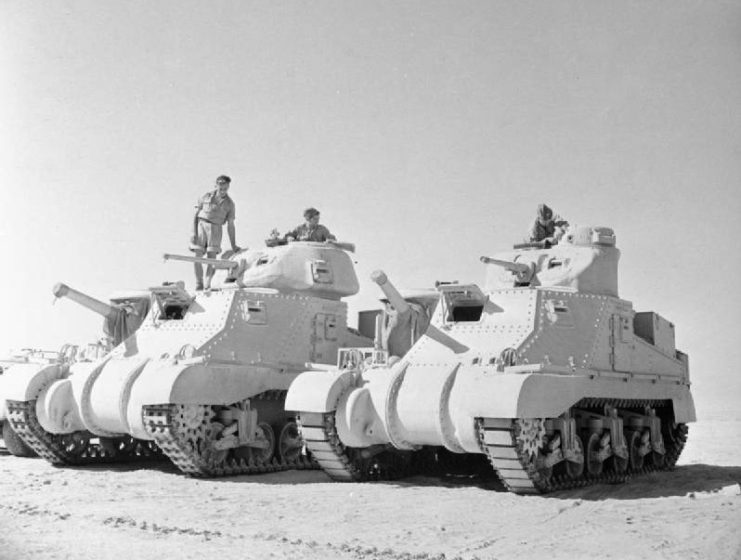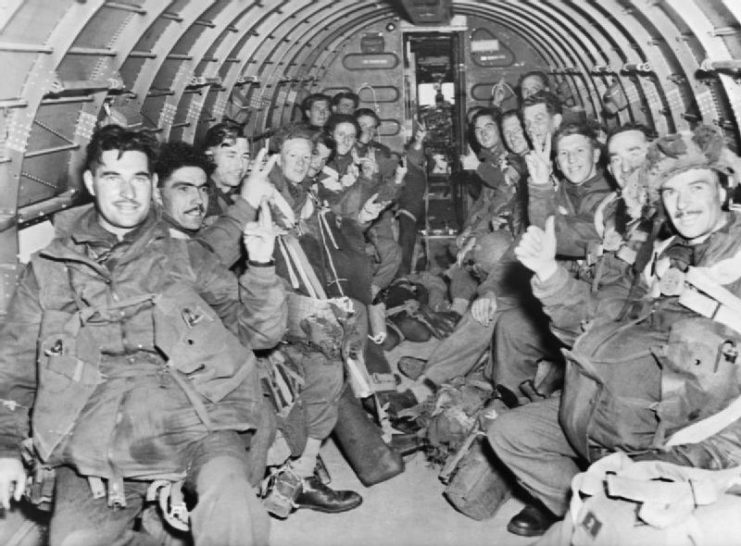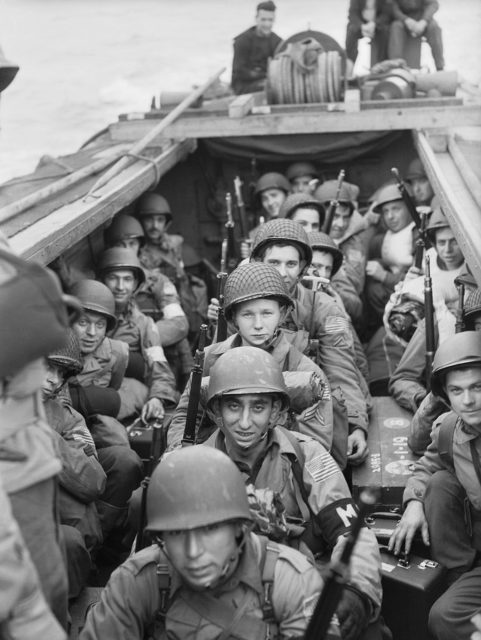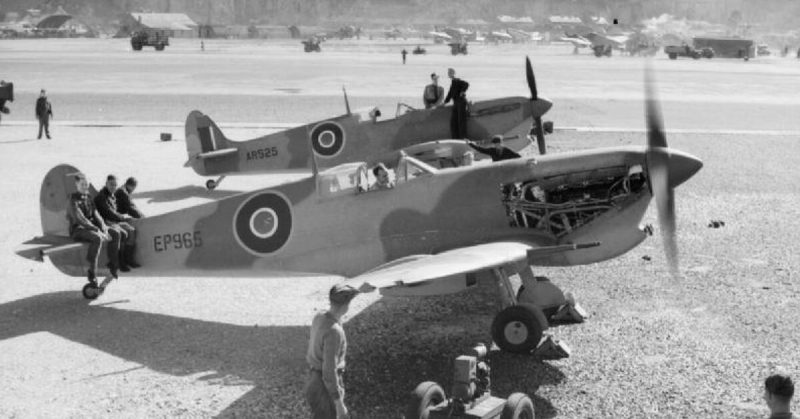During WWII, death from the skies was a constant threat. The sudden appearance of bombers or fighters on a strafing run could spell doom for vulnerable soldiers caught out on open ground.
When American troops arrived in North Africa in November 1942, it was vital they seized control of the air. Hundreds of miles from friendly areas and with aircraft carriers in short supply, they were left with one option; capturing the airfields.
The Importance of the Airfields
Centre Task Force was one of three task forces that made up Operation Torch. Landing in parts of North Africa held by the Vichy French, they were to open up a new front against the Axis powers in the Mediterranean.
Centre Task Force’s landing area was around the coastal city of Oran in northwest Algeria. South of the city were two airfields – Tafaraoui and La Sénia. Together with the seaplane base at Arzew, French forces had nearly 100 planes in the region. The Allies had only 57 supporting the landing.
Following the surrender of France in 1940, half the country and its colonies had remained technically free although the Vichy government ran them as a German puppet state. It was likely that most French troops around Oran would resist the invaders.
As long as the French held the airfields, they would have aerial superiority. Taking them was, therefore, a top priority.

The Troops
The troops landing at Oran were mostly American although there were some British. Those involved in taking the airfields were paratroopers and tank units.
The tanks came from the 1st Cavalry Regiment (Mechanised) of the 1st Armored Division, Led by Colonel Bill Tuck. They were light M-3 tanks equipped with 37 mm guns. Although not heavily armed, their crew were confident in what they could achieve, due to months of training.
The paratroopers were the 2nd Battalion of the 503rd Parachute Infantry Regiment. Their name was a deceptive one, designed to make it seem that America had more paratroopers than it did. In reality, the 503rd contained only one battalion and was sometimes referred to as the 503rd Parachute Infantry Battalion. Colonel Edson D. Raff commanded it.
The Paratroop Landings
The paratroop part of the invasion started with a long flight. C-47 transport planes carried the men from Cornwall, at the southern tip of Britain, all the way to North Africa. Along the way, they ran into difficulties due to fog and fuel shortages. Several planes never reached the drop zone.
The paratroopers had received two plans of action – one if the French resisted and one if they did not. Not having been told to activate the “war plan,” they assumed a friendly welcome.
The first paratroop plane arrived at Sénia and landed, but the French soldiers at the airfield were not among those who had been won over ready for an Allied landing. They arrested the paratroopers and prepared to defend their base against further invaders. As other planes approached the airfields, they were met with a hail of antiaircraft fire.

The planes swung away from their targets and landed at Sebkra, a dried-out lakebed west of Oran. Almost immediately, they came under fire from a column of armored vehicles.
Colonel Raff and five plane-loads of men landed nearby and crept up on the tanks. As they approached, they realized the armored troops were American. There had been a mix-up and the fight was a friendly fire incident.
From Sebkra, the paratroopers marched to Sénia. At last, they seized the airfield.
Seizing Tafaraoui
Meanwhile, Colonel Tuck’s tanks were landing on the beaches west of Oran. They had been transported by improvised landing craft converted from Venezuelan lake-based tanker ships. The ships nosed up onto the sand. The light tanks poured out and headed inland.
The medium tanks, being bulkier, had to be transported in the holds of transport ships. They could not be unloaded until the Allies had captured a port. It was down to the light tanks, along with a small contingent of anti-tank infantry, to take Tafaraoui.
They formed a flying column and raced along a road that swept south of Oran. There was no resistance until they reached the airfield. As the Americans arrived at Tafaraoui, French defenders opened fire, and their planes took off to strafe and bomb the attackers. Even the anti-aircraft guns were leveled and used to shoot at the Americans.
To the unblooded Americans, it seemed like an intense battle. Later experience would teach them how insubstantial it was. The fighting lasted an hour, at the end of which the Americans held the airfield.

Holding the Ground
One of the biggest risks having taken the airfields was the possibility of a counter-attack. The next day, it emerged, in the form of a column of French Foreign Legion tanks.
Colonel Tuck led 15 tanks south to intercept the French.
The Foreign Legionnaires held a wooded hilltop, giving them an advantage. The Colonel used the tactics he and his men had repeatedly practiced. One platoon of five tanks provided covering fire while the other two made a flanking attack on the right. Almost immediately, he feared he had miscalculated, as French shells began striking their tanks.
Fortunately, the French tanks were old models from WWI. Colonel Tuck’s tanks, although light, were robust enough to withstand the hits. They overcame the French, whose commander later went on to fight for the Allies.
The airfields were secure. The Allies controlled the air over Oran.
Source:
Orr Kelly (2002), Meeting the Fox: The Allied Invasion of Africa, from Operation Torch to Kasserine Pass to Victory in Tunisia
